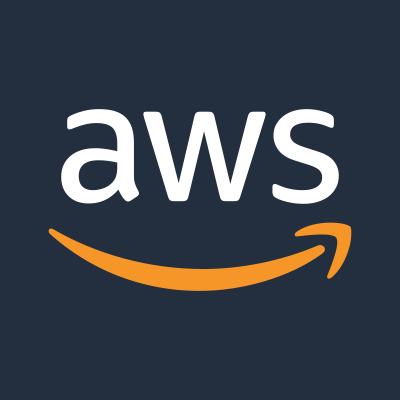Mock sample for your project: Azure Reservation API
Integrate with "Azure Reservation API" from azure.com in no time with Mockoon's ready to use mock sample

Azure Reservation
azure.com
Version: 2019-04-01
Speed up your application development by using "Azure Reservation API" ready-to-use mock sample. Mocking this API will help you accelerate your development lifecycles and allow you to stop relying on an external API to get the job done. No more API keys to provision, accesses to configure or unplanned downtime, just work.
Enhance your development infrastructure by mocking third party APIs during integrating testing.
Description
This API describe Azure Reservation
Other APIs by azure.com

PostgreSQLManagementClient
azure.com
The Microsoft Azure management API provides create, read, update, and delete functionality for Azure PostgreSQL resources including servers, databases, firewall rules, VNET rules, security alert policies, log files, encryption keys, active directory administrator and configurations.

Anomaly Detector Client
azure.com
The Anomaly Detector API detects anomalies automatically in time series data. It supports two kinds of mode, one is for stateless using, another is for stateful using. In stateless mode, there are three functionalities. Entire Detect is for detecting the whole series with model trained by the time series, Last Detect is detecting last point with model trained by points before. ChangePoint Detect is for detecting trend changes in time series. In stateful mode, user can store time series, the stored time series will be used for detection anomalies. Under this mode, user can still use the above three functionalities by only giving a time range without preparing time series in client side. Besides the above three functionalities, stateful model also provide group based detection and labeling service. By leveraging labeling service user can provide labels for each detection result, these labels will be used for retuning or regenerating detection models. Inconsistency detection is a kind of group based detection, this detection will find inconsistency ones in a set of time series. By using anomaly detector service, business customers can discover incidents and establish a logic flow for root cause analysis.

Ink Recognizer Client
azure.com
The service is used to perform ink layout and recognition of written words and shapes. Ink strokes passed to the service are recognized and organized into recognition results in the response

MySQLManagementClient
azure.com
The Microsoft Azure management API provides create, read, update, and delete functionality for Azure MySQL resources including servers, databases, firewall rules, VNET rules, security alert policies, log files and configurations with new business model.

ContainerInstanceManagementClient
azure.com
Other APIs in the same category

Amazon QLDB Session
The transactional data APIs for Amazon QLDB Instead of interacting directly with this API, we recommend using the QLDB driver or the QLDB shell to execute data transactions on a ledger. If you are working with an AWS SDK, use the QLDB driver. The driver provides a high-level abstraction layer above this QLDB Session data plane and manages SendCommand API calls for you. For information and a list of supported programming languages, see Getting started with the driver in the Amazon QLDB Developer Guide. If you are working with the AWS Command Line Interface (AWS CLI), use the QLDB shell. The shell is a command line interface that uses the QLDB driver to interact with a ledger. For information, see Accessing Amazon QLDB using the QLDB shell.

MonitorManagementClient
azure.com

MariaDBManagementClient
azure.com
The Microsoft Azure management API provides create, read, update, and delete functionality for Azure MariaDB resources including servers, databases, firewall rules, VNET rules, log files and configurations with new business model.

ApplicationInsightsManagementClient
azure.com
Azure Application Insights client for web test locations.

MonitorManagementClient
azure.com

AWS Database Migration Service
Database Migration Service Database Migration Service (DMS) can migrate your data to and from the most widely used commercial and open-source databases such as Oracle, PostgreSQL, Microsoft SQL Server, Amazon Redshift, MariaDB, Amazon Aurora, MySQL, and SAP Adaptive Server Enterprise (ASE). The service supports homogeneous migrations such as Oracle to Oracle, as well as heterogeneous migrations between different database platforms, such as Oracle to MySQL or SQL Server to PostgreSQL. For more information about DMS, see What Is Database Migration Service? in the Database Migration Service User Guide.

Amazon Timestream Write
Amazon Timestream is a fast, scalable, fully managed time series database service that makes it easy to store and analyze trillions of time series data points per day. With Timestream, you can easily store and analyze IoT sensor data to derive insights from your IoT applications. You can analyze industrial telemetry to streamline equipment management and maintenance. You can also store and analyze log data and metrics to improve the performance and availability of your applications. Timestream is built from the ground up to effectively ingest, process, and store time series data. It organizes data to optimize query processing. It automatically scales based on the volume of data ingested and on the query volume to ensure you receive optimal performance while inserting and querying data. As your data grows over time, Timestream’s adaptive query processing engine spans across storage tiers to provide fast analysis while reducing costs.

Azure Machine Learning Datastore Management Client
azure.com










